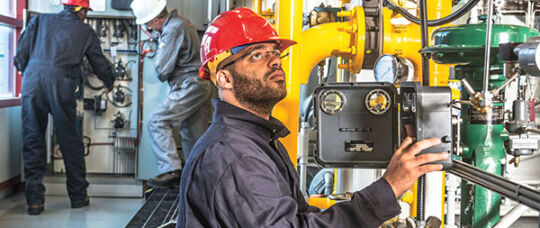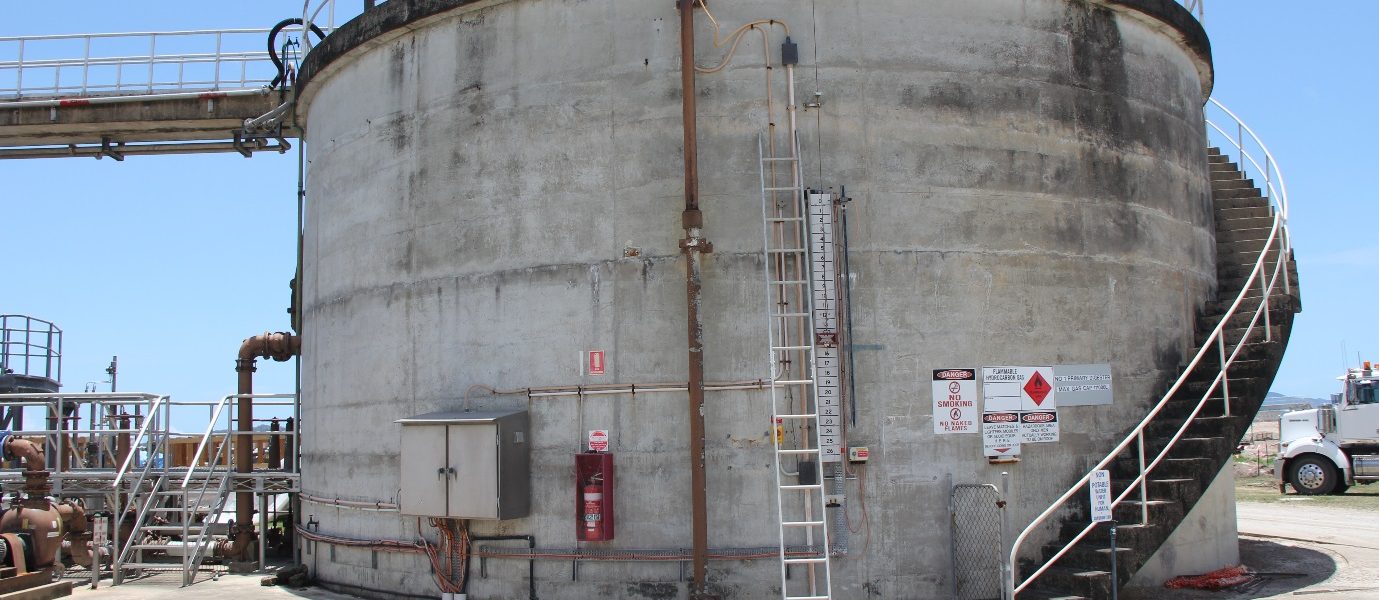Roar Solutions Fundamentals Explained
Roar Solutions Fundamentals Explained
Blog Article
Not known Incorrect Statements About Roar Solutions
Table of ContentsWhat Does Roar Solutions Do?The 2-Minute Rule for Roar SolutionsA Biased View of Roar Solutions
In such an atmosphere a fire or surge is feasible when 3 fundamental conditions are met. This is typically described as the "unsafe area" or "combustion" triangle. In order to protect setups from a possible explosion a method of evaluating and identifying a possibly harmful location is called for. The purpose of this is to guarantee the appropriate option and installation of tools to eventually avoid a surge and to make sure safety and security of life.
(https://www.video-bookmark.com/bookmark/6634779/roar-solutions/)
No devices ought to be set up where the surface area temperature of the devices is higher than the ignition temperature level of the offered risk. Below are some typical dirt harmful and their minimal ignition temperature. Coal Dirt 380C 225C Polythene 420C (thaws) Methyl Cellulose 420C 320C Starch 460C 435C Flour 490C 340C Sugar 490C 460C Grain Dust 510C 300C Phenolic Resin 530C > 450C Aluminium 590C > 450C PVC 700C > 450C Soot 810C 570C The possibility of the threat existing in a concentration high sufficient to cause an ignition will certainly differ from place to area.
In order to classify this danger a setup is split right into areas of danger relying on the quantity of time the harmful exists. These areas are referred to as Areas. For gases and vapours and dusts and fibres there are three areas. Zone 0 Zone 20 A hazardous environment is very most likely to be existing and may exist for lengthy periods of time (> 1000 hours each year) or even continually Zone 1 Zone 21 A dangerous environment is feasible but unlikely to be present for long durations of time (> 10 450 C [842 F] A category of T6 indicates the minimum ignition temperature level is > 85 C [185 F] Dangerous location electric tools perhaps developed for use in greater ambient temperatures. This would certainly showed on the score plate e.g. EExe II C T3 Ta + 60C( This indicates at 60C ambient T3 will not be exceeded) T1 T1, T2, T3, T4, T5, T6 T2 T2, T3, T4, T5, T6 T3 T3, T4, T5, T6 T4 T4, T5, T6 T5 T5, T6 T6 T6 A T Class ranking of T1 indicates the maximum surface area temperature level produced by the tool at 40 C is 450 C. Thinking the connected T Class and Temperature level score for the devices are ideal for the location, you can constantly utilize an instrument with a much more rigorous Department score than needed for the area. There isn't a clear response to this question sadly. It actually does depend upon the sort of devices and what repair work need to be executed. Equipment with particular examination treatments that can not be performed in the field in order to achieve/maintain 3rd party ranking. Need to come back to the factory if it is prior to the devices's solution. Field Repair By Authorised Employee: Complex screening may not be required nonetheless particular procedures might need to be followed in order for the devices to preserve its 3rd celebration score. Authorised personnel have to be utilized to perform the work correctly Repair work need to be a like for like substitute. New part must be considered as a straight substitute needing no special screening of the equipment after the fixing is full. Each tool with a hazardous ranking need to be assessed separately. These are detailed at a high degree below, but also for more thorough details, please refer directly to the guidelines.
Roar Solutions for Beginners
The tools register is an extensive data source of devices records that consists of a minimum set of fields to determine each item's place, technical parameters, Ex classification, age, and ecological information. The proportion of Detailed to Close examinations will certainly be determined by the Devices Risk, which is assessed based on ignition danger (the probability of a source of ignition versus the chance of a combustible atmosphere )and the hazardous area category
( Zone 0Area 1, or 2). Applying a durable Risk-Based Examination( RBI )technique is crucial for making certain conformity and safety and security in managing Electric Tools in Hazardous Locations( EEHA).
A Biased View of Roar Solutions

In regards to eruptive danger, a harmful location is an atmosphere in which an eruptive atmosphere is existing (or may be anticipated to be existing) in amounts that require special safety measures for the construction, setup and usage of devices. eeha training. In this article we explore the challenges faced in the work environment, the risk control steps, and the required expertises to function securely
It issues of modern-day life that we manufacture, save or manage a series of gases or fluids that are considered combustible, and a variety of dirts that are considered flammable. These compounds can, in certain problems, develop explosive ambiences and these can have major and unfortunate repercussions. The majority of us are familiar with the fire triangular remove any kind of one of the three components and the fire can not occur, however what does this mean in the context of dangerous areas? When breaking this down right into its simplest terms it is essentially: a combination of a particular amount official source of release or leakage of a specific material or product, blending with ambient oxygen, and the visibility of a source of ignition.
In a lot of instances, we can do little regarding the degrees of oxygen in the air, but we can have considerable influence on resources of ignition, as an example electrical tools. Unsafe areas are documented on the unsafe location classification illustration and are identified on-site by the triangular "EX LOVER" indicator. Right here, among various other essential information, zones are divided right into three kinds relying on the danger, the chance and period that an eruptive environment will certainly exist; Area 0 or 20 is considered one of the most dangerous and Area 2 or 22 is deemed the least.
Report this page